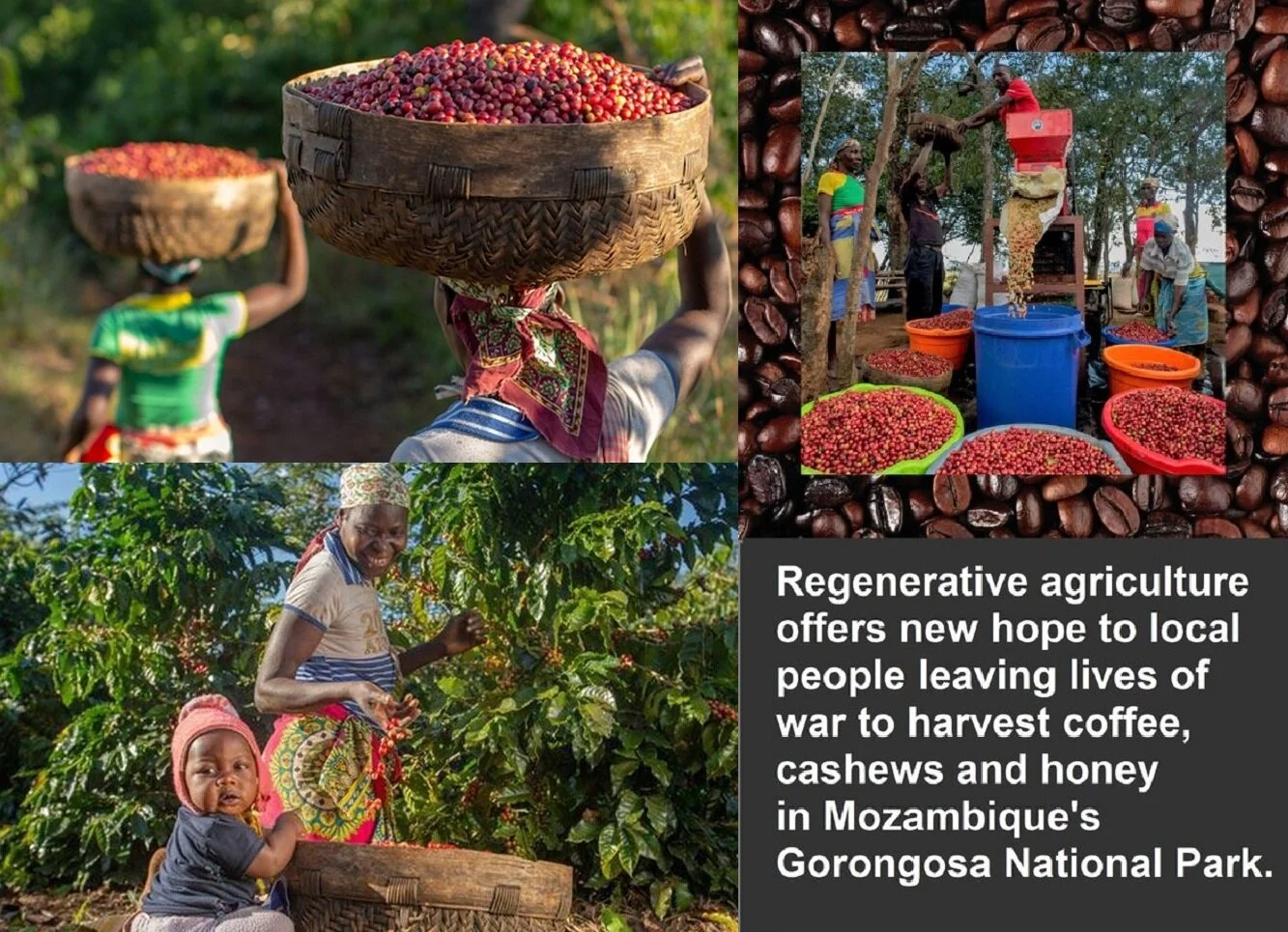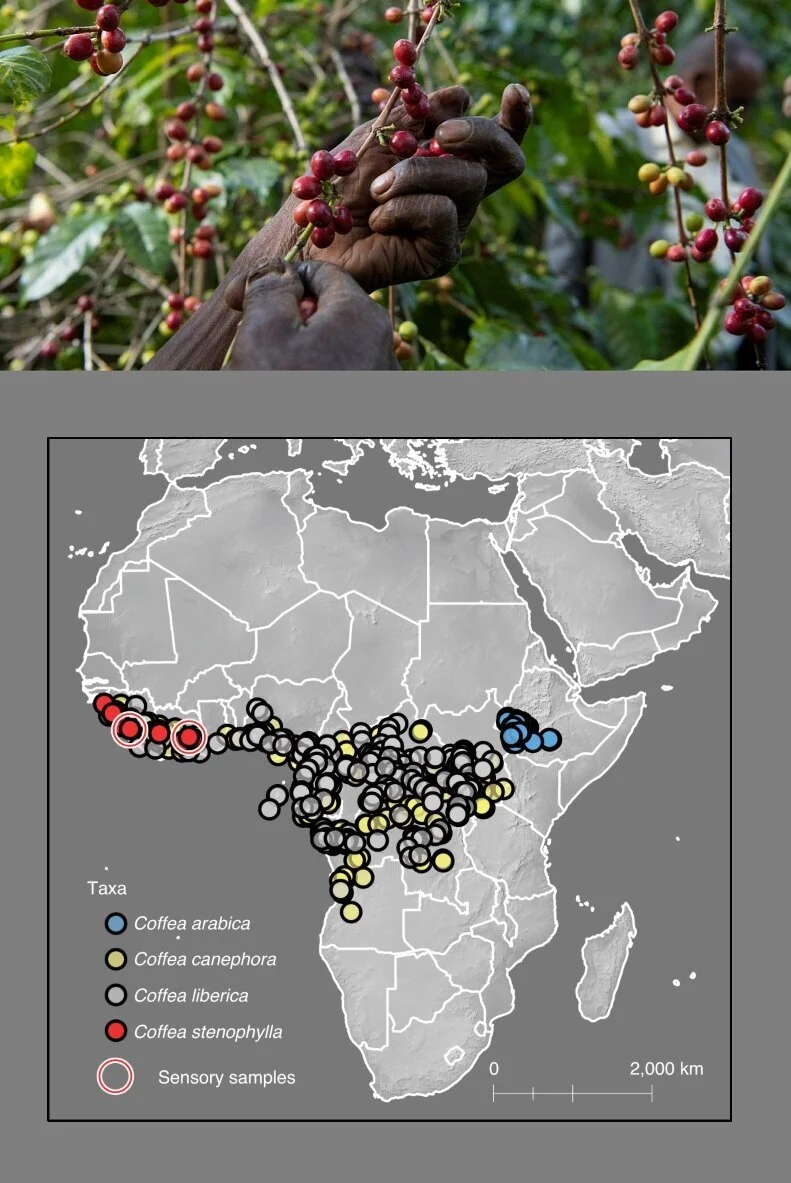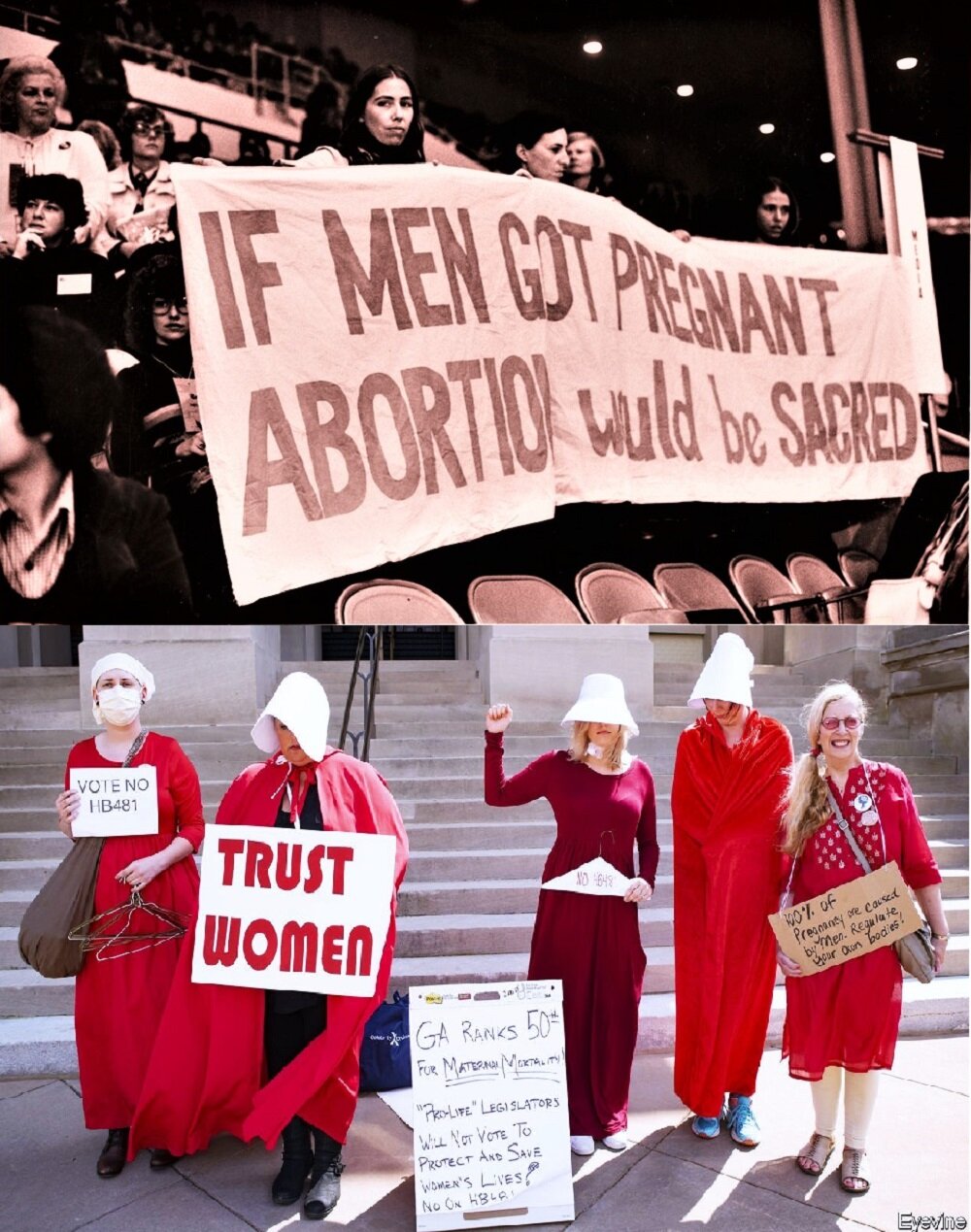How New Voters and Black Women Transformed Georgia's Politics
/ Anne EnkeHow New Voters and Black Women Transformed Georgia's Politics AOC Blackness
On Jan. 5, Georgians chose a Black pastor and a 33-year-old son of Jewish immigrants – Democrats Raphael Warnock and Jon Ossoff – to represent them in the Senate. They also elected Democrat Joe Biden for president in November.
Georgia’s turn from blood red to deep purple gave Democrats their slender majority in the Senate, surprising Americans on both sides of the aisle. This historic moment was a long time coming.
The elections of Biden, Warnock and Ossoff are the culmination of a years long tug of war among the members of Georgia’s racially, ethnically and ideologically diverse electorate.
Georgia’s demographics are changing fast. In 2019, it was ranked fifth among U.S. states experiencing an influx of newcomers. According to census data, 284,541 residents arrived from out of state that year.
Many of Georgia’s newest voters come from groups that lean Democratic: minorities, young people, unmarried women. Between 2000 and 2019, Georgia’s Black population increased by 48%, mostly because people moved there from out of state. African Americans now make up 30% of Georgia’s population. The Latino population increased by 14% since 2000, and Latinos now comprise 9% of Georgians.
Meanwhile, Georgia’s white population declined slightly, from 57% in 2010 to 54% in 2019. Non-Latino whites are projected to be a numerical minority in Georgia within the next decade.
Just 30% of white Georgia voters chose Warnock and Ossoff on Jan. 5. But the pair, who often campaigned together, both won about 90% of the Black vote and about half of Latinos. Two-thirds of Asian Americans – a small but fast-growing electoral force in Georgia – voted for Ossoff, Warnock and Biden, exit data shows.
The New South
The elections of Biden, Warnock and Ossoff are the culmination of a years long tug of war among the members of Georgia’s racially, ethnically and ideologically diverse electorate. Five decades ago, the state of Georgia was a very different atmosphere for people of color.
In July 1964, Georgia restaurateur Lester Maddox violated the newly passed Civil Rights Act by refusing to serve three Black Georgia Tech students at his Pickrick Restaurant in Atlanta. Although this new federal law banned discrimination in public places, Maddox was determined to maintain a whites-only dining room, arming white customers with pick handles – which he called “Pickrick drumsticks” – to threaten Black customers who tried to dine there.
Endorsed by the Ku Klux Klan in his successful 1974 bid for the governorship, Maddox was once called “the South’s most racist governor.” But hostile treatment of minorities has often been Georgia’s chosen style of politics.
Read on in AOC Blackness: How New Voters and Black Women Transformed Georgia's Politics
































